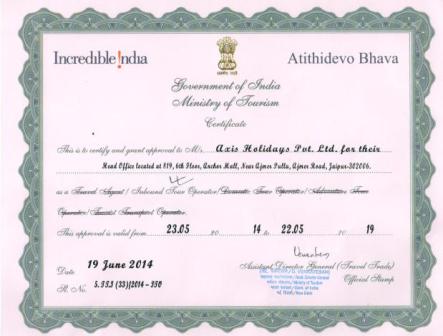
Kanyakumari
India, the sub-continental country is known for its richness in culture and tradition. Speaking of the topography of India, the Northern side is covered by the wide range of the huge snow clad Himalayas. The west is covered by the Arabian Sea. The East is covered by the Bay of Bengal. The southern side is very unique as both these seas mingle with the Indian Ocean. The Land that is located in the tip of the country, where the three seas get united is none other than cape comerin or Kanyakumari.
ABOUT KANYAKUMARI
The name of this place has been christened after the virgin goddess – Kanyakumari Amman. Mythological stories depict that Goddess parvati under the disguise of Devi Kanniya did a penance in one of the rocks in this area to reach the hand of Lord Shiva. This place is also a popular pilgrimage. The tourists who visit this southern most tip of India would certainly enjoy the exuberant scenes of the sunsets, the sunrises especially on full moon days. The nature of the sand in the beaches of Kanyakumari is unique as it is multicolored.
Lakhs of tourist, round the year are lured by the serene beauty of this place and the spectacles of sunrise and sunset. Though sunrise can be viewed throughout the year, sunset is visible only from October 15 to March 15 from this southernmost tip. But one can view both sunrise and sunset throughout the year from atop a hill called Murugan Kundram which offers a panoramic view of Kanyakumari. The sunset and moonrise can be seen almost simultaneously on full moon days from the same spot. It is a unique spectacle.
Amidst the sea there are two rocks known as ‘twin rocks’ both contributing to the rich Indian heritage with the monuments of swamy Vivekananda and Saint Thiruvalluvar.
Kanyakumari and its surroundings are believed to be part of the land which was created by Parasurama, incarnation of Lord Vishnu. Folktales and mythological stories speak volumes about Kanyamymari.
ABOUT MEENAKSHI TEMPLE
Madurai or "the city of nectar" is the oldest and second largest city of Tamil Nadu. This city is located on Vaigai River and was the capital of Pandyan rulers. The Pandyan king, Kulasekhara had built a gorgeous temple around which he created a lotus shaped city. It has been a center of learning and pilgrimage, for centuries. Legend has it that the divine nectar falling from Lord Shiva‘s locks gave the city its name - ‘Madhurapuri‘, now known as "Madurai".
The Sri Meenakshi Sundareswara temple and Madurai City originated together. The structures that are standing today date mostly from the twelfth to the eighteenth century. They occupy a vast space, 258-m by 241m. There are the two main shrines, no less than twelve Gopuras, a pool and innumerable Mandapas. At every turn there is superb sculpture, magnificent architecture.
The Meenakshi temple complex is one of the largest and certainly one of the most ancient. According to legend Madurai is the actual site where the wedding between Shiva and Meenakshi took place. The gigantic temple complex, the statues exploring the entire range of human emotions, everything here is larger than life. The soaring and exquisitely carved towers enclose the temple dedicated to Meenakashi. The south gateway contains the twin temples of Shiva and Meenakshi and is about nine storeys high.
Once Dhananjaya, a merchant of Manavur, where the Pandyas had arrived after the second deluge in Kumari Kandam, having been overtaken by nightfall in Kadamba forest, spent the night in the Indra Vimana. When next morning he woke up, he was surprised to see signs of worship. Thinking that it must be the workof the Devas, he told the Pandya, Kulasekhara, in Manavur, of this. Meanwhile Lord Shiva had instructed Pandya in a dream to build a temple and a city at the spot Dhananjaya would indicate. Kulasekhara did so. Thus originated the temple and city.
In the 14th century an invasion by Malik Kafur damaged the temple. In the same century Madurai was under Muslim rule for nearly fifty years. The temple authorities closed the sanctum, covered up the Linga, and set up another in the Ardhamandapa. When the city was liberated, the sanctum was opened, and, tradition says the flower garlands and the sandalwood paste placed on the Linga were as fresh as on the first day, and two oil lamps were still burning.


















